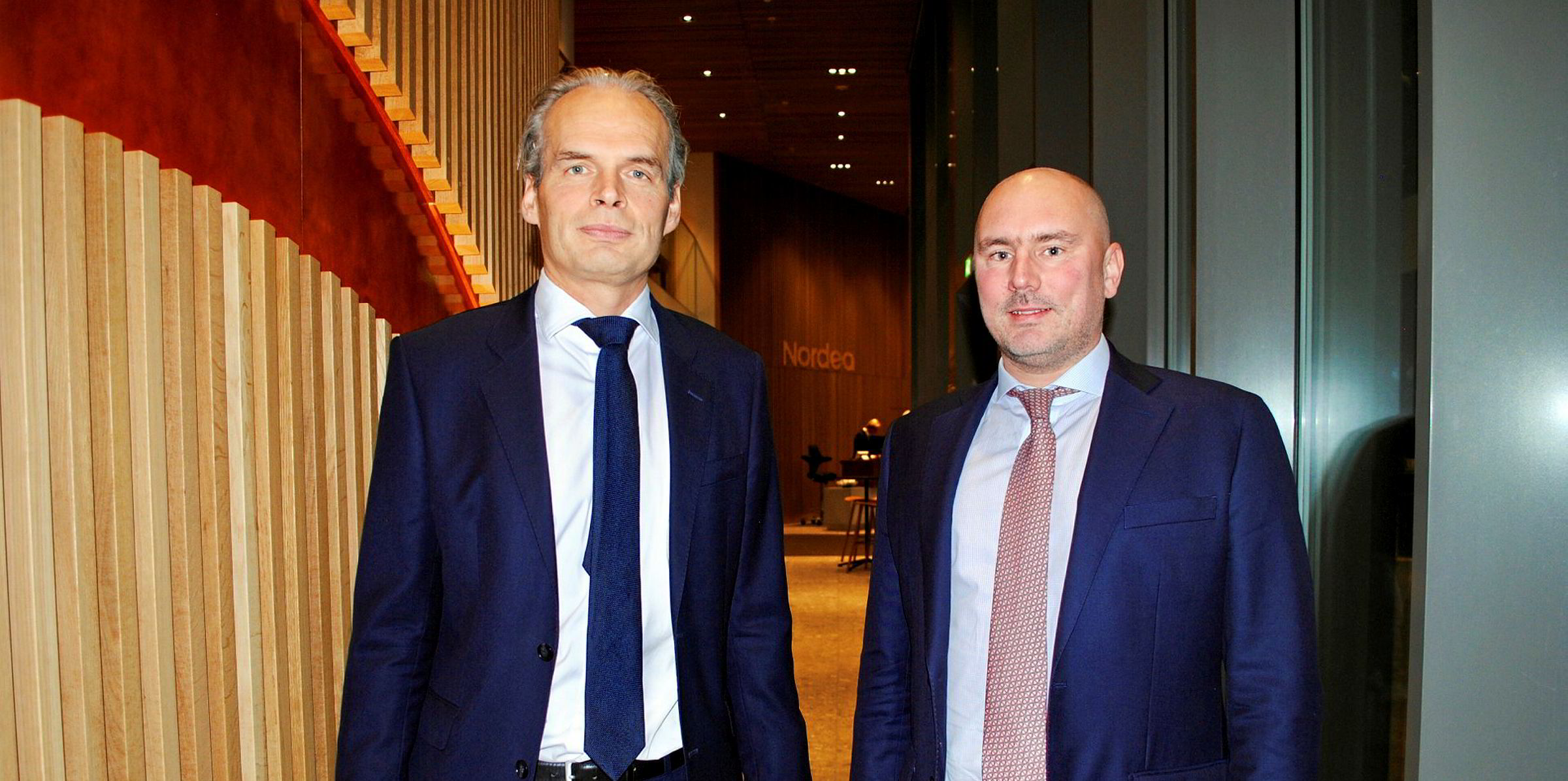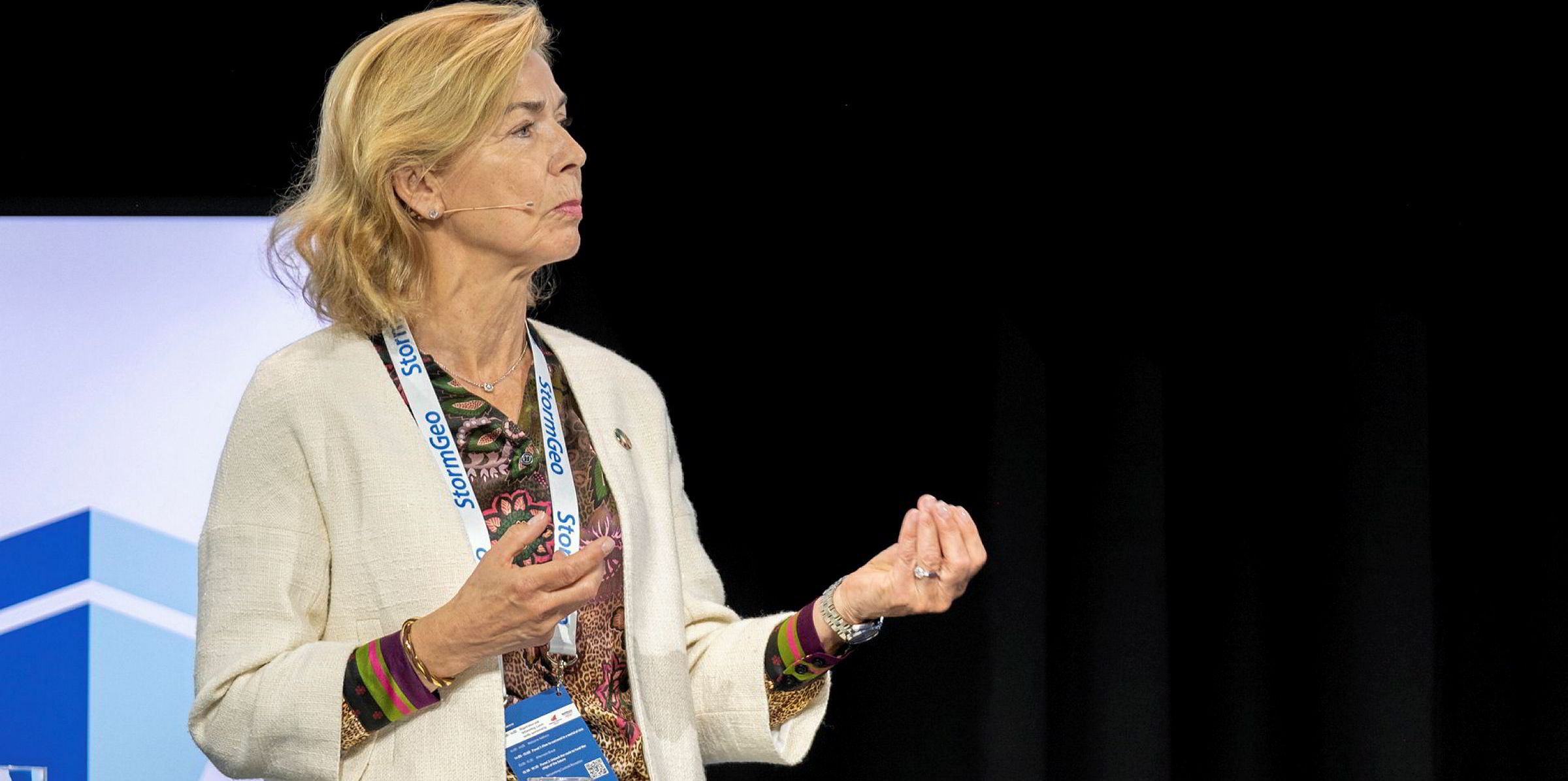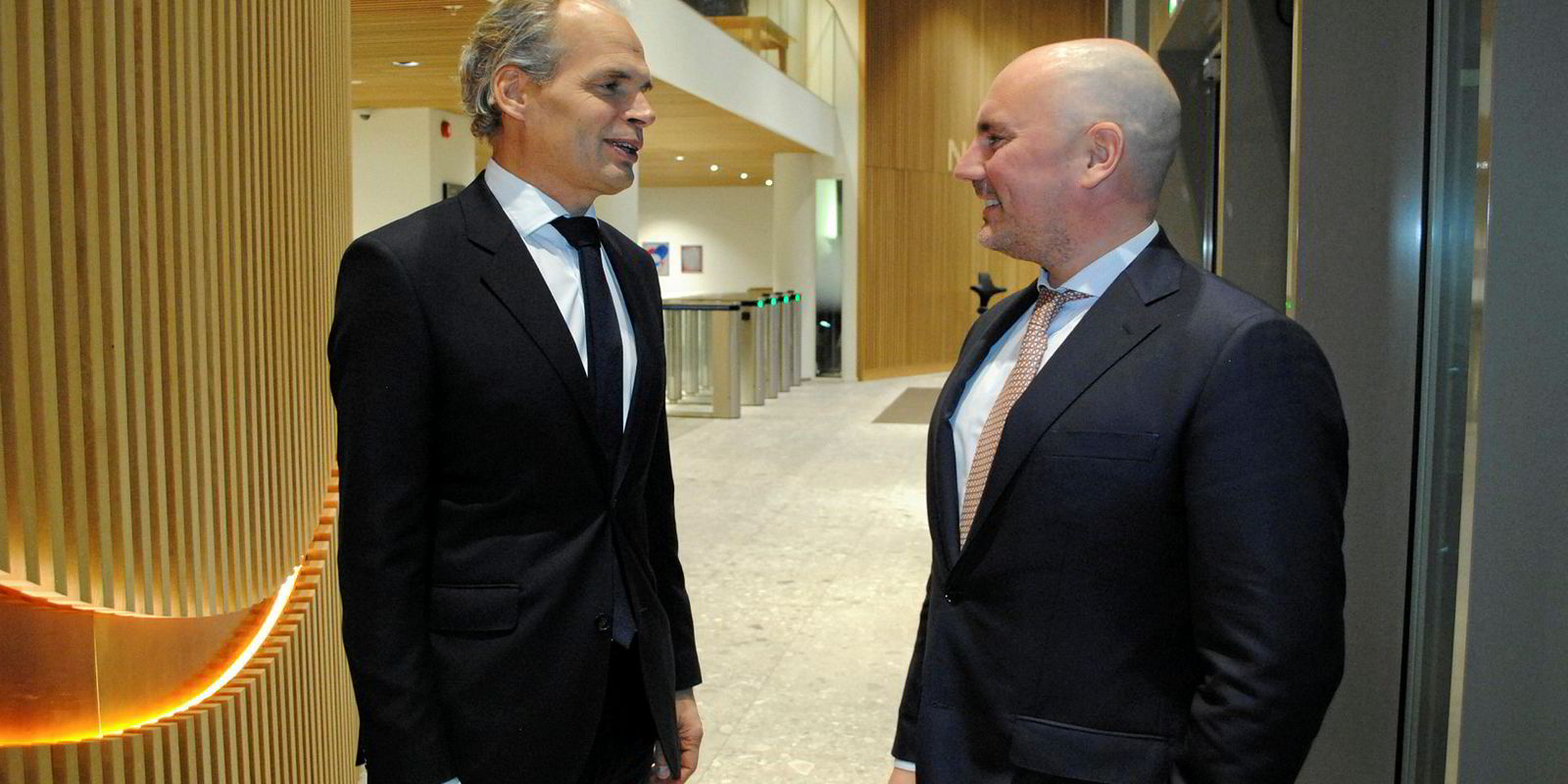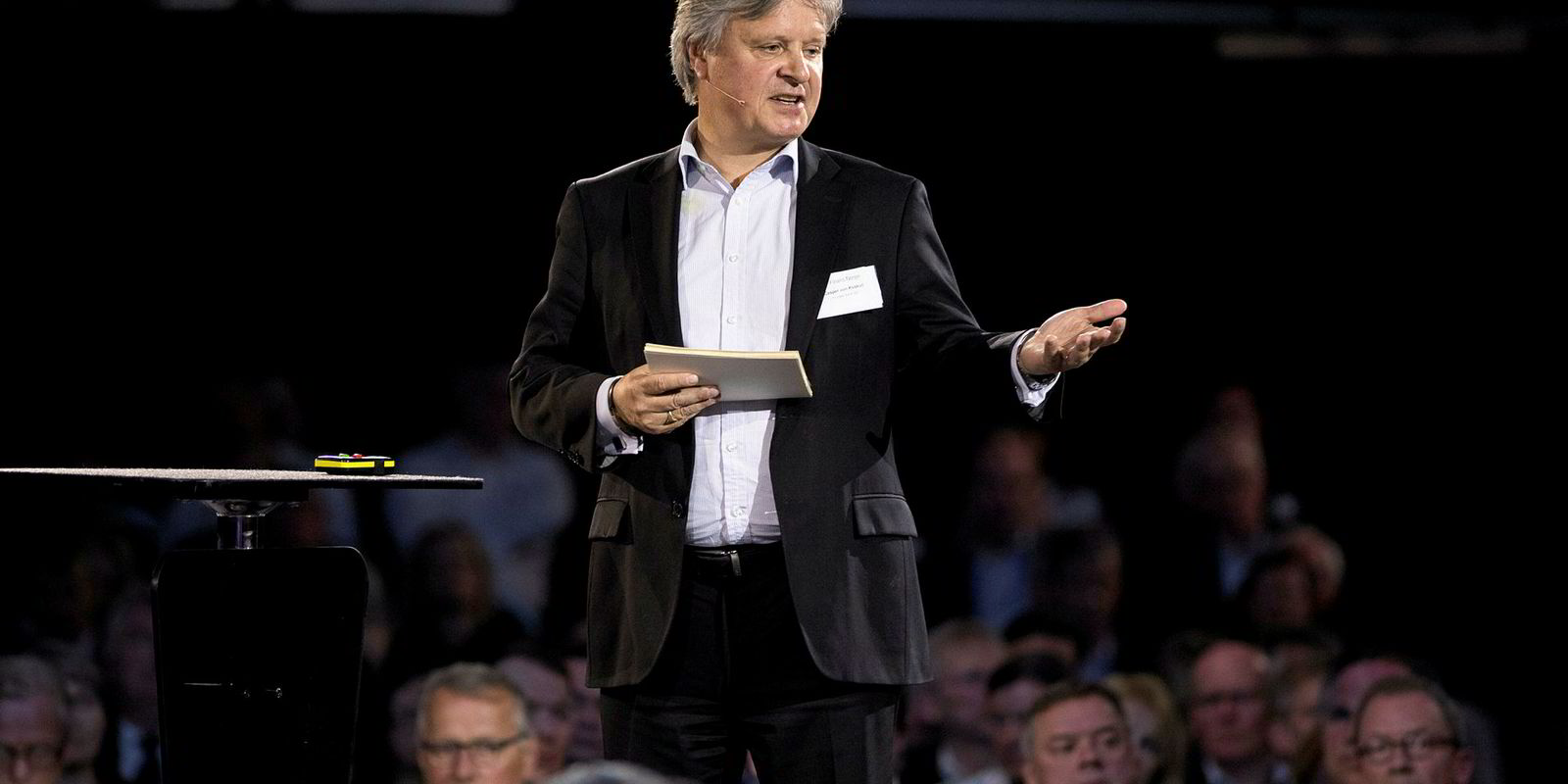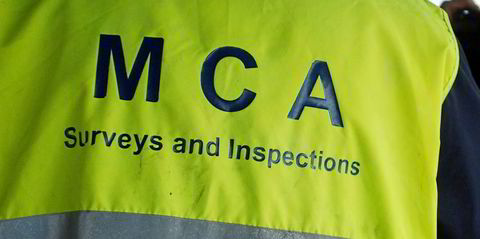In the pursuit of “profitable growth” in its shipping loan book, Nordea is to be selective in its choice of clients but offers diversified services to keep them.
The Nordic bank vowed late last year to increase its financing activity for shipping that amounted to €8.6bn ($9.63bn) as of 31 March, matching its fourth quarter activity in 2018.
“We have room to do more business, but there is no firm target [for the size of our loan book]”, the bank’s head of international shipping and offshore Thor-Erik Bech tells TradeWinds.
LNG ambitions
“We are going to do business that provides profitable growth. We are not going to chase the growth for the sake of growth.”
The latest quarterly figures show oil and chemical tankers accounted for 24% of Nordea’s shipping loan book, gas carriers accounted for 16%, bulk carriers 13% and drilling rigs 10%.
Geir Atle Lerkerod, Nordea’s shipping head for the Nordic region, suggests LNG is a sector in which his bank is seeking growth.
In February, Nordea entered into a credit facility with Credit Suisse, Nordea Bank and the Singaporean branch of Iyo Bank to provide up to $450m to refinance five of GasLog Partners’ LNG carriers.
But both executives stress that Nordea is more client-focused rather than sector-focused, with the pursuit of long-term clients with sound management, good assets and strong operational platforms still a top priority.
“We are more particular about choosing the right clients than allocating aggressively between the sectors,” Bech says.
While taking larger shares in its loan deals with existing clients — often in the form of club deals — Nordea is also doing business with new clients.
One of them is Eagle Bulk Shipping, the Connecticut-based bulker owner that signed up for a $208m refinancing deal with Nordea and another five banks in January.
While being “selective”, the bank has been much more active in ship finance, according to Bech.
As some existing loans mature, “it will take some time for [the current growth strategy] to translate into [an] increase in the portfolio size,” he adds.
The sole lending side is driving the majority of our income. We expect that to be the case going forward
Geir Atle Lerkerod
However, most ship financiers have aimed to retain top operators as clients for the past decade. With the return of some European banks and competition from Asian lessors, is that task getting difficult?
Top-tier clients
Suggesting that today’s shipping loans are often club deals sized between $200m and $500m and shared among four to six banks, Lerkerod says: “We do actually need more banks as well.”
Bech points out that Nordea, aside from being a lender, is also offering services in the capital markets to increase revenue streams.
In some recent examples, the bank was one of the joint lead managers for Ship Finance International’s NOK 700m ($80.1m) bond issuance in May. It is also carrying out Fjord1's NOK 10m share repurchase programme.
24%
Oil and chemical tankers
16%
Gas carriers
13%
Bulk carriers
10%
Drilling rigs
“We expect our clients to use different products Nordea is offering. That provides extra incomes on top of our loan margin,” says Bech.
“If you look at our loan margin in isolation, it is acceptable return. [But] we need to get additions as well.”
However, Nordea does not plan to go as far as DNB, the Norwegian bank that has purposely shifted to bond and equity deals while reducing its shipping loan book.
“Still, the sole lending side is driving the majority of our income. We expect that to be the case going forward,” Lerkerod says.
A series of banking and environmental regulations are set to come into force from 2020, which some industry officials say will create challenges for ship finance.
While reckoning the new set of Basel rules, which will become effective from 2022 and could shorten tenor periods and increase pricing in loan deals, Bech says: “For us, it’s not a big concern.”
For shipping itself, the IMO has lowered sulphur limits for bunker fuels from 2020 and established emission targets for 2030 and 2050.
While the IMO 2020 rules have been factored into the ship finance market, the 2030 and 2050 goals would lead to large uncertainty as shipowners need to find ways to reduce emissions, according to Lerkerod.
IMO 2020
In general, he says: “We have preference for modern assets.”
That said, Nordea also favours companies with sound environmental, social and governance (ESG) criteria.
The bank is one of the 11 that have launched the Poseidon Principles that aims to incentivise loans to shipowners that want to buy or build vessels with lower carbon emissions.
While collecting emissions figures of vessels they finance, the banks are set out to fund individual ships with a lower carbon footprint than the ones they replace.
“Personally, I think ESG is very important and for the world that’s the way to go,” Bech says.
“We, as a bank, would like to contribute to that, together with the ones we are financing.”
